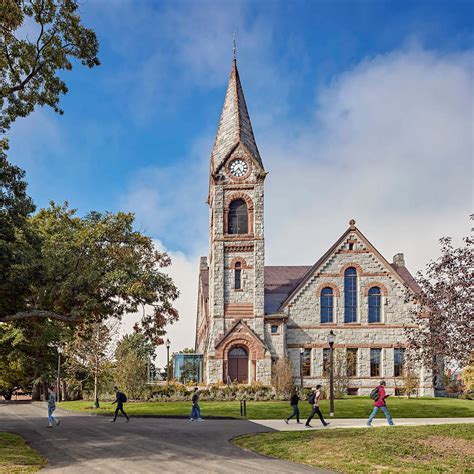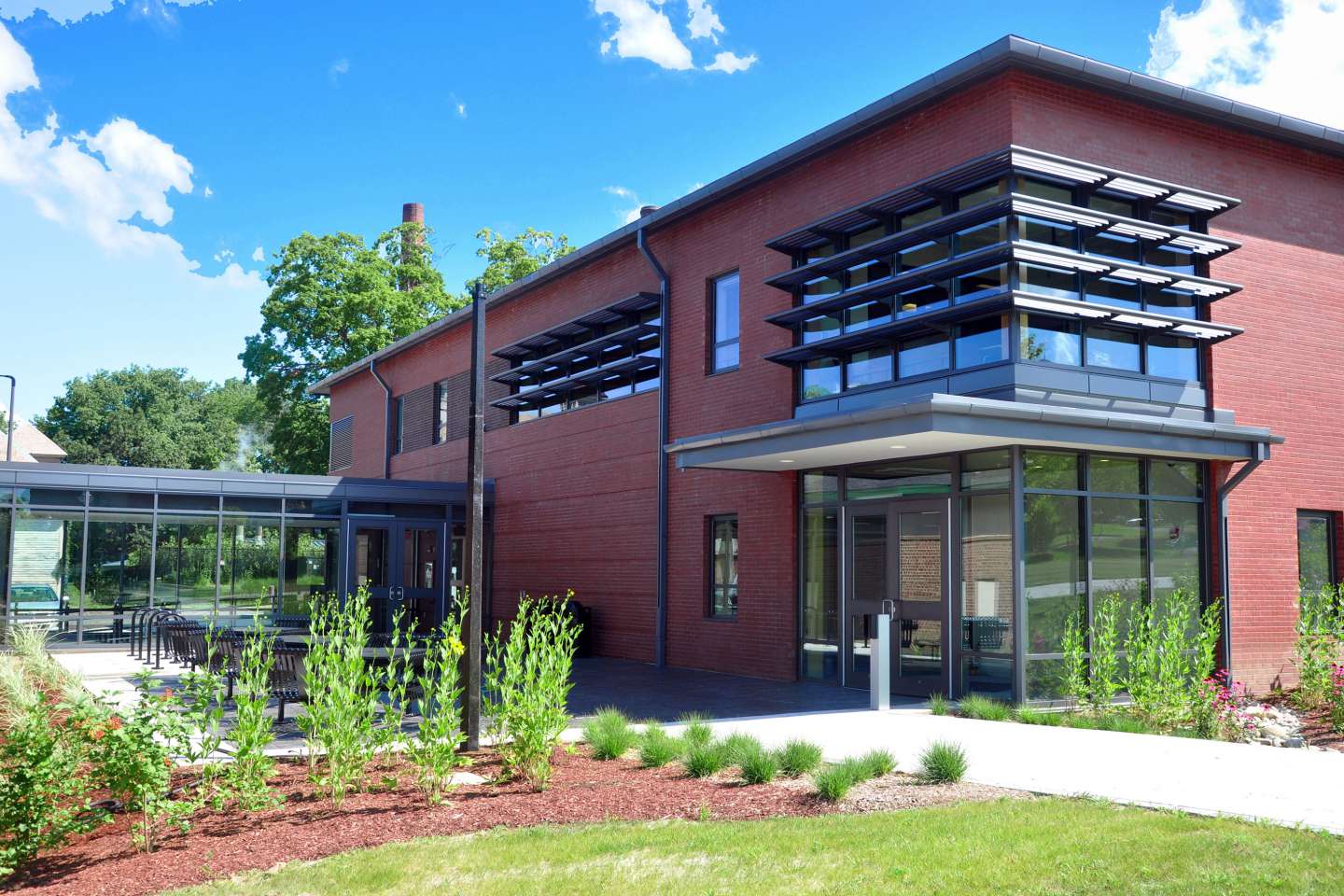When Will Statewins Massachusetts Asian Leak Be Fully Resolved 2025?

The Massachusetts Asian longhorned beetle (ALB) infestation, often referred to in the context of the State of Massachusetts' efforts to combat its spread, has been a significant concern for environmental and agricultural authorities. The beetle, native to Asia, poses a substantial threat to the state's trees and ecosystems. As of the latest updates, the Massachusetts Department of Conservation and Recreation (DCR) and the United States Department of Agriculture (USDA) have been working collaboratively to contain and eradicate the infestation.
Background on the Infestation

The Asian longhorned beetle was first detected in Massachusetts in 2008, specifically in the Worcester area. Since its discovery, extensive efforts have been made to monitor, contain, and eventually eradicate the beetle. These efforts include tree surveys, removal of infested trees, and biological control methods. The Asian longhorned beetle is known for its ability to devastate tree populations, making prompt and effective action crucial.
Current Status and Progress
As of 2023, significant progress has been made in the fight against the ALB in Massachusetts. The DCR and USDA have implemented a comprehensive approach that includes public awareness campaigns, extensive tree inspections, and the strategic removal of infested trees. While these efforts have shown promise, the complete eradication of the ALB from Massachusetts is a long-term goal that requires continued vigilance and cooperation from both authorities and the public.
Key factors influencing the timeline for resolving the infestation include the effectiveness of current control methods, the level of public participation in reporting suspicious tree damage, and the potential for new infestations. Biological control methods, such as the introduction of natural predators of the ALB, are being explored and implemented where feasible. Moreover, public education plays a crucial role in the early detection and reporting of infested trees, which is vital for containing the spread of the beetle.
| Year | Number of Infested Trees Removed | Area Covered by Surveillance |
|---|---|---|
| 2020 | Over 36,000 | Approximately 110 square miles |
| 2021 | Around 30,000 | Over 120 square miles |
| 2022 | More than 25,000 | Nearly 130 square miles |

Looking Ahead to 2025

Predicting exactly when the Massachusetts ALB infestation will be fully resolved is challenging due to the complexities involved in eradication efforts. However, based on current trends and the intensified efforts by authorities, there is optimism about the progress that can be made by 2025. The USDA and the DCR are committed to their mission of eradicating the ALB and have outlined strategic plans that include enhanced surveillance, improved public outreach, and more efficient removal of infested trees.
Eradication of the ALB will require that no new infestations are detected over a sustained period, typically several years, after the last known infested tree has been removed. This period is necessary to ensure that any potential remaining beetles have been eliminated and that the risk of re-infestation is minimized.
Future Implications
The outcome of the ALB eradication efforts in Massachusetts will have significant implications for the state’s ecosystem and economy. A successful eradication will protect the state’s tree canopy, preserve biodiversity, and prevent the economic losses associated with widespread tree destruction. Furthermore, the experience and strategies developed during this process will contribute valuable insights and best practices for managing similar invasive species challenges in the future.
What can the public do to help in the eradication of the Asian longhorned beetle in Massachusetts?
+The public can play a vital role by being aware of the signs of ALB infestation, such as round exit holes in tree trunks and branches, and reporting any suspicious findings to the authorities. Additionally, supporting local efforts to monitor and control the beetle's spread and participating in public awareness campaigns can significantly contribute to the eradication efforts.
Are there any potential environmental impacts of the control methods used against the ALB?
+While the primary goal is to eradicate the ALB with minimal environmental impact, some control methods, such as the removal of infested trees, can have short-term effects on local ecosystems. However, these actions are carefully planned and executed to minimize harm to other species and the environment, ensuring that the long-term benefits of ALB eradication outweigh the temporary costs.
In conclusion, the resolution of the Massachusetts Asian longhorned beetle infestation by 2025 is an ambitious goal that requires sustained effort, advanced strategies, and continued public support. While predicting the exact timeline for complete eradication is challenging, the progress made so far and the commitment of the involved agencies are promising. The experience gained from this effort will not only contribute to the protection of Massachusetts’ environment but also provide valuable lessons for managing invasive species globally.



